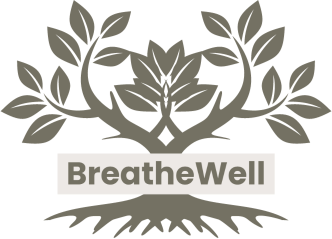
When we talk about mental health we are talking about “a person’s condition with regard to their psychological and emotional well-being.” Our mental health influences how we think, feel, and behave in daily life. It also affects our ability to handle stress, face and overcome challenges, maintain and build relationships, and recover from difficulties and setbacks.
Being mentally or emotionally healthy means more than being free of depression, anxiety, or other psychiatric illnesses. “Mentally healthy” people often:
- Enjoy life and have the ability to laugh and have fun.
- Are able to deal with stress and bounce back from adversity.
- Feel a sense of meaning and purpose, in both their activities and their relationships.
- Are flexible and adaptable to change.
- Are able to build and maintain fulfilling relationships.
We all experience disappointment, loss, and change. And while a normal part of life, these emotions and experiences still cause sadness, anxiety, and stress. But just as physically healthy people are better able to bounce back from illness or injury; people with strong mental health are better able to bounce back from adversity, trauma, and stress. This skill is called resilience. People who are emotionally and mentally resilient have the tools for coping with difficult situations and maintaining a positive outlook. They remain focused, flexible, and productive, in bad times as well as good.
In this Meet the Scientist Webinar, Dennis S. Charney, M.D., of the Icahn School of Medicine at Mount Sinai, discusses resilience:
Here are a few every day mental health tips to help you elevate your mood and become more resilient.
- Practice
self-care and make yourself a priority.
The first step in practicing self-care is to take care of your body. In order to do this it is important to:
– Eat a healthy diet – research has shown that what you eat—and don’t eat—affects the way you think and feel.
– Exercise, which can help decrease depression and anxiety and improve moods.
– Get enough sleep.
- Disconnect
from electronics and social media.
Consider adding an electronics-free time period to your day. Taking time to unplug and disconnect from the constant stream of emails and alerts will allow you to interact with people face to face and will help reduce the many feelings of FOMO that social media can often stir-up.
- Engage in
activities that provide meaning.
Partake in activities that make you feel happy, productive, and challenge your creativity. Whether through drawing, taking an exercise class, going out to dinner with friends or caring for a pet, spending quality time with those who matter to you can make you feel good.
- Volunteer.
The meaning and purpose derived from helping others or the community can enrich and expand your life—and make you happier. There’s no limit to the individual and group volunteer opportunities you can explore. Schools, places of worship, nonprofits, and charitable organizations of all sorts depend on volunteers for help in any capacity.
- Engage in
meditation and/or mindfulness.
Relaxation exercises can improve your state of mind and outlook on life. In fact, research shows that meditation may help you feel calmer.
- Avoid
heavy substance use.
It is important to keep alcohol use to a minimum and avoid other drugs. Many people use alcohol and other drugs to “self-medicate” but in reality, substance use may get in the way of your ability to function at work or school, maintain a stable home life, handle life’s difficulties, and relate to others.
- Get help
from a licensed mental health professional when and if you need it. Seeking
help is a sign of strength — not a weakness.
Just as it requires effort to build and maintain physical health, so it is with mental health.
This list included a few small but impactful ways to improve your mental health every day. It is most important to remember that treatment is effective. People who get appropriate care can recover from mental illness and lead full, productive, and rewarding lives.
– Written by Jeffrey Borenstein, M.D., President & CEO of the Brain & Behavior Research Foundation. This blog post also appears on the Gravity Blankets Blog.
